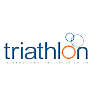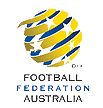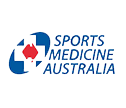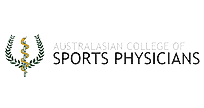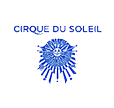Sever’s Disease (kids)
What is Sever’s Disease?
Sever’s disease occurs when the pull of the Achilles Tendon causes inflammation of the growth plate at the back of the heel. The growth plate is at its most vulnerable when it is close to closing and, in the heel, this usually occurs between the ages of 8 and 12. Sever’s disease is a type of ‘traction apophysitis’ which is a type of growth plate injury. You can find out more about growth plate injuries here
Who gets Sever’s Disease?
Sever’s Disease occurs mainly in children who do a lot of weight-bearing sport between the ages of 8 and 12. Some biomechanical problems like poor footwear and over-pronation can increase the risk of Sever’s Disease but any child can get this condition without necessarily having abnormal biomechanics.
Are There Long-term Concerns in Sever’s Disease?
No. Although this can sometimes be a painful condition, it is not a concerning condition as, once the growth plate closes, it can’t keep causing problems.
How is Sever’s Disease Treated?
The most effective forms of treatment include modifying the type and amount of load transmitted through the growth plate and treating the inflammation. The load can be modified by reducing the over-all volume of weight bearing sport, using shoe inserts and improving movement patterns. Anti-inflammatories can be useful at actually treating and resolving the problem and not just masking the pain.
Does Sever’s Disease Require Orthotics?
Any child can get Sever’s Disease even without abnormal foot mechanics. Many children have flat arches or over-pronation without getting Sever’s Disease. Usually it is best to try other treatments first to avoid unnecessary reliance on orthotics in feet that are still developing. Sometimes a cheap foam heel wedge is helpful. Custom orthotics are certainly an option in more severe cases with more extreme biomechanical abnormalities.
Is Sport Safe in Sever’s Disease?
The severity of Sever’s Disease can be extremely variable. It is safe to continue playing sport if the pain is bearable and does not significantly escalate as a result. Weight-bearing sport will certainly contribute to the inflammation and pain however and sports participation may need to be modified, reduced or even completely stopped for a period of time.

